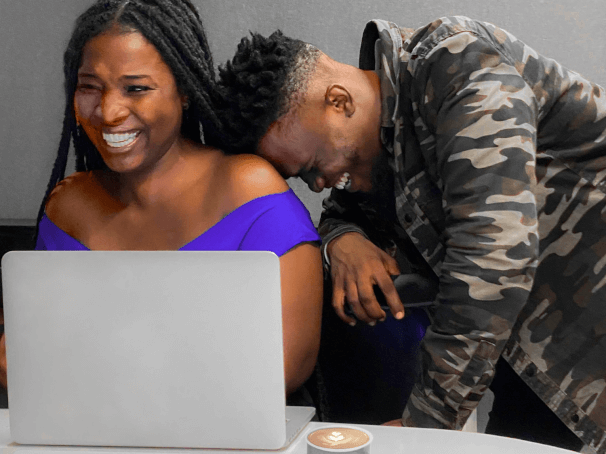
Panic attacks have some very severe symptoms that seem to get worse and worse over time. Many of the most frightening symptoms have to do with breathing. It can feel almost impossible to get a deep breath when you have panic attacks, and many of the worst symptoms are due to breathing poorly.
Panic attack breathing can help you overcome some of the symptoms, and while it cannot stop the attack, it can reduce the severity.
How Breathing Affects Panic Attacks
Your breathing plays a significant role in panic attacks – more so than most people realize. In some ways it causes the majority of panic attack symptoms.
Some examples of the symptoms caused by poor breathing include:
- Chest pains
- Rapid heartbeat
- Lightheadedness
- Trouble getting a deep breath
- Weak limbs
- Trouble thinking
The main breathing issue is known as hyperventilation. Despite what many people believe from childhood, hyperventilation is caused by too little carbon dioxide – rather than too little oxygen. Even though hyperventilation makes you feel like you're not getting a deep breath, it is actually caused by breathing out too much Co2 before you're able to produce more.
When you hyperventilate your blood vessels constrict. This causes your body to reduce blood flow to the brain, it causes chest pains, it causes rapid heartbeat and more.
Hyperventilation can be caused by many different scenarios – all of which relate to anxiety:
- Breathing too quickly* Breathing more than you need
- Thinking about breathing
The latter is a forgotten reason that hyperventilation occurs, but it's common with those with anxiety. It causes hyperventilation because when you think about breathing your breathing becomes manual, and most people breathe poorly when they breathe manually.
Coughing and any type of issue with breathing out Co2 too quickly can also lead to hyperventilation.
Unfortunately, during a panic attack, hyperventilation tends to get worse, both because anxiety causes you to breathe faster and because hyperventilation makes you feel like you're not getting enough air, so you tend to breathe deeper than your body needs. This combination makes all of your symptoms worse.
Panic Attack Breathing Training
Once hyperventilation occurs, it is very difficult to stop entirely. You cannot simply hold your breath and have all the symptoms go away, nor can you stop a panic attack by breathing alone. But the right breathing can decrease the severity of the symptoms, and when your symptoms are less severe you start fearing them less, thus decreasing your risk of panic attacks in the future.
It's best to start this as soon as you even think you might be hyperventilating, and especially if you start to feel panic attacks coming on:
- Breathe in through your nose for at least 5 seconds. Try to breathe in through your stomach if possible first, and fill up your chest second. Don't try too hard to expand your chest – hyperventilation makes it very hard to get a full breath, because your body doesn't want a full breath.
- Hold for 2 or 3 seconds. Not too much longer. Most doctors advise against holding your breath very long, possibly because if your body regains the Co2 balance too quickly you may experience a change in your blood saturation that could cause other upsetting symptoms.
- Breathe out for 7 seconds by creating a small hole in your lips, almost like you're about to whistle. Repeat as needed
You want to continue the breathing process rather than hold your breath because you want the oxygen levels to return to normal, not be replaced by too much carbon dioxide. It's a slow process, and you may have to fight the panic attack a little, but this type of panic attack breathing can be very valuable for stopping your symptoms from spiraling out of control.
Stop All Panic Attacks
Reducing the severity and frequency of attacks is an important part of curing them. Panic attack breathing is an important first step, but your ability to cope with life events is also going to play a role.











